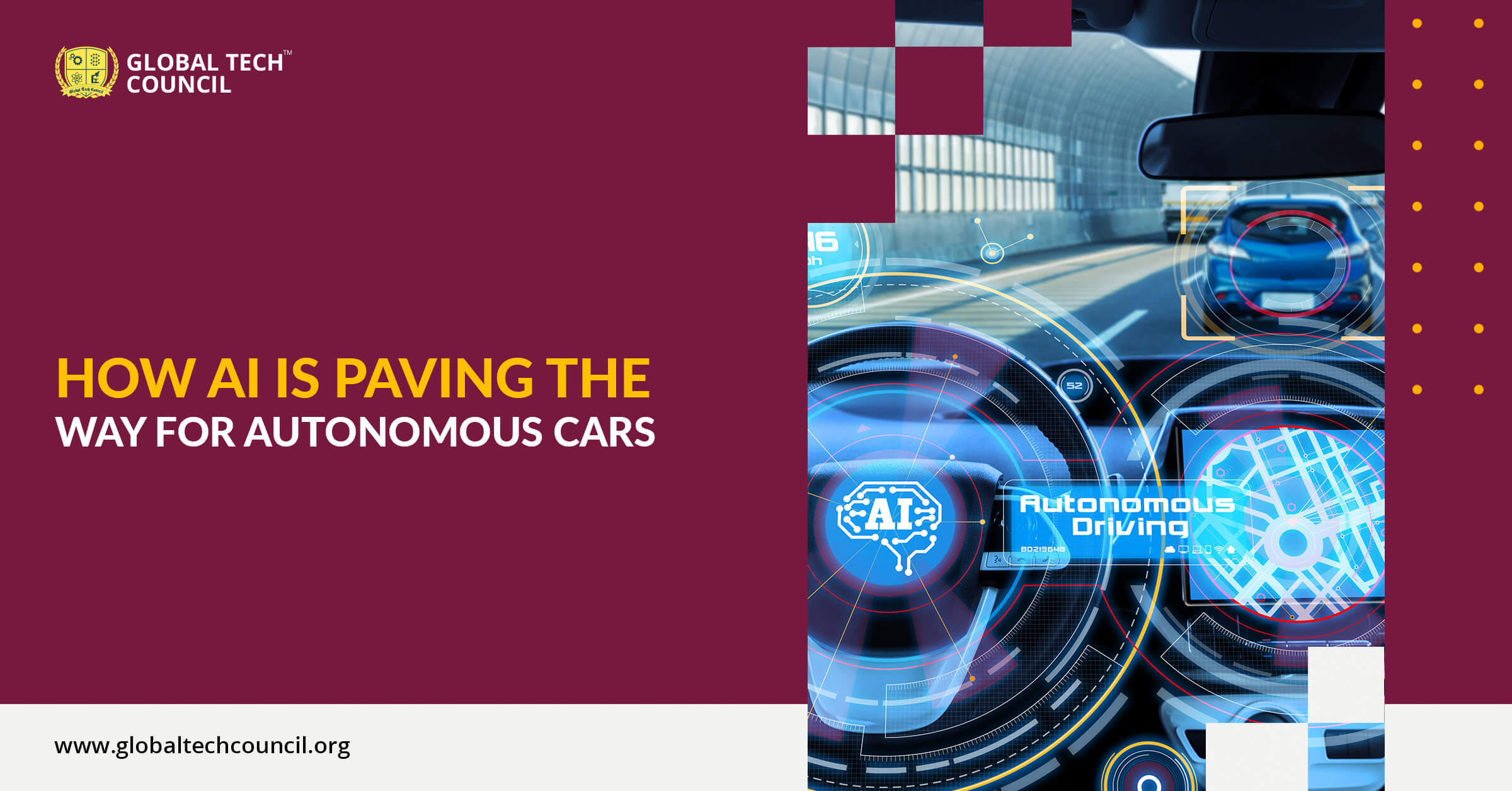
In recent decades, innovation into Artificial Intelligence (AI) has evolved. This is mainly based on successful discoveries in the 1960s and 1970s, including complex neural networks (NN). Biological activity has also been used to inspire approaches like fuzzy logic or genetic algorithms (GAs). Presently, autonomous cars entered the headlines and dominated technology discussions. It is perceived as a public transit system and transportation disruption since Uber. It’s not the imagination figure used for driverless cars’ complements in the era of Artificial Intelligence (AI). The integrated power of AI and driverless vehicles is a considerable strength.
Although the idea of self-driving cars only became mainstream over the last few years, industrialist Norman Bel Geddes first proposed the image of a completely autonomous car at the 1939 World Fair. As per his book Magic Motorways, Geddes conceived of “devices that correct human errors as drivers.”
Table of Contents
- How transportation can be helped by AI
- The effect of AI on transportation
- Some challenges of automobile
- The future
Let us explore what autonomous mobility is before we get into more details.
Autonomous transportation is that facility where self-driving cars or trucks are taking over the world. And in this, human drivers are no more required to take control of the vehicle. These autonomous or driverless cars have sensors and software to navigate, control, and access to drive the vehicle. There are many courses and certifications available in the market to enter the automobile world, such as AI certification, Machine learning course, Machine learning training, etc. Global Tech Council is offering best online certificate programs for better learning.
Find Out How transportation can be helped by AI
Transportation issues occur when machine behavior, influenced by factors like traffic, human mistakes, or incidents, becomes too hard to analyze as per a predictable pattern. In these instances, AI may support unpredictability.
To render or even forecast decisions accurately, AI uses observational evidence. NN and GAs are suitable AI strategies for grappling with certain unpredictability forms. In several forms, AI was developed and introduced. With AI certification, including data science training companies are getting assistance in an end-to-end workflow.
- Enhancing public safety: The monitoring of data regarding violence in real-time increases people’s safety on public transport in urban areas. This would also allow the police to make them more effective by policing and keeping the general security.
- Organization’s decision: The road freight scheme will use specific methods of estimating the volume through AI methods, making it easier for transport companies to schedule. In particular, AI can design and operate a range of decision-making techniques for transport. In the future, this would have a productive impact on spending by businesses.
- Automated cars: In the last few years, self-driven vehicles have become very popular. Uber and Elon Musk developed self-driving trucks in the commercial sector to minimize traffic injuries and improve productivity.
- Traffic trends: Traffic distribution has a significant effect on travel. Overcrowding of traffic in the US costs over $50 billion a year. This data would allow more direct traffic flows and considerably reduced congestion when adapted to AI traffic management. There are already some related schemes. For instance, intelligent traffic light and legitimate detection methods can efficiently monitor higher and lower traffic patterns.
The effect of AI on transportation
The expanded use of AI, which will provide higher income for market participants, will constantly decrease labor costs in this field. With completely autonomous fleets, the dilemma of long travel times and halting for a break is no longer an issue.
AI above basic labor costs would mainly impact security and road injuries. The number of collisions involving truck drivers at night is a significant concern through smart autonomous driving and can be significantly increased. The staff and costs involved in these collisions are very considerable. Without causing serious injuries, auto-pilot or fully unmanned vehicles will encourage the driver to have a snooze. Some AI trucks also have a unique capability to anticipate injuries and a person’s health conditions around the bus, such as identifying a heart attack and immediately notifying emergency personnel to the location and diagnostic information.
Some challenges of automobile
Among the 4.5 million truck drivers in the US alone, automatic trucking has sparked a raging debate. Developments will mean the future of autonomous trucks, ships, aircraft, or trains, along with all future vehicles being fully unmanned. Therefore, employment flow is a big problem for drivers of trucks, taxi drivers, and other industry participants. However, to maintain employment flow companies can offer professional certification programs such as machine learning for beginners. Social analysts have concluded that work skills can be transferred to other sectors or created, but pressures are still high.
Another big challenge is the global introduction. Underdeveloped and third world countries face significant obstacles in using these approaches as they are not as sustainable or able to afford maintenance and refurbishments for their facilities. It will be an extended period until AI would become a reality here.
An increasing emphasis on Artificial Intelligence is also a challenge for transportation companies; transportation costs contribute by 3–10% to market turnover. This makes the company’s economy as a whole a very critical consideration. To remain a transport market leader, all existing companies must invest in, develop, and introduce AI technologies. This even impacts transport logistics, since it is used in the operations and production supply chain and forecasts the whole method’s time and expense.
Conclusion (The Future)
By 2021–2022 10 million self-driving cars and more than 300 million intelligent vehicles are expected to be on track. The autonomous cars have already been launched by Tesla, BMW, and Mercedes and have been successful.